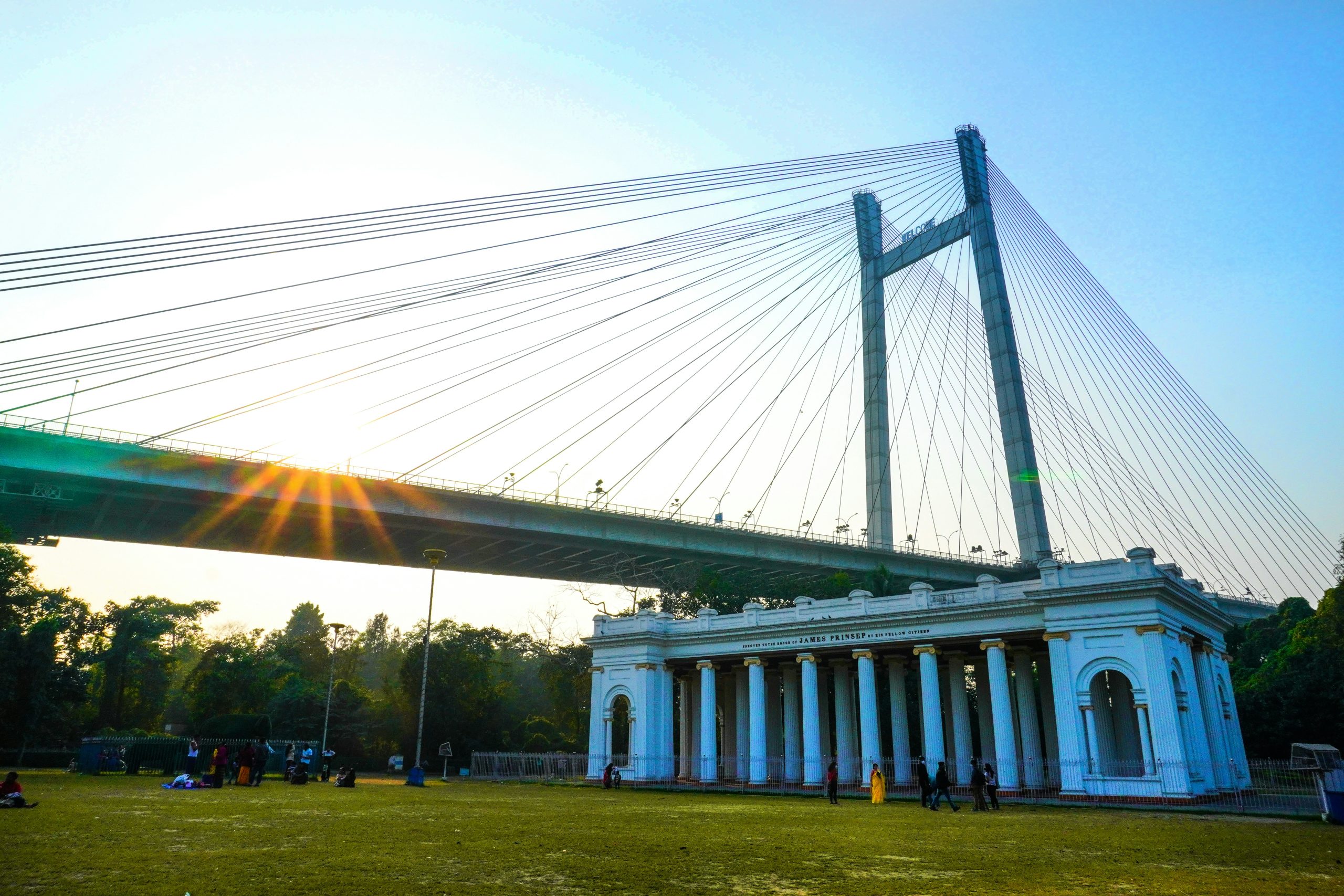Kolkata
You’ve come to the correct spot if you’re searching for the ideal vacation filled with priceless memories. Today, make plans for a memorable and budget-friendly trip to Kolkata.
About Kolkata
Learn and explore more about Kolkata before you set out on the best journey of your life with us.
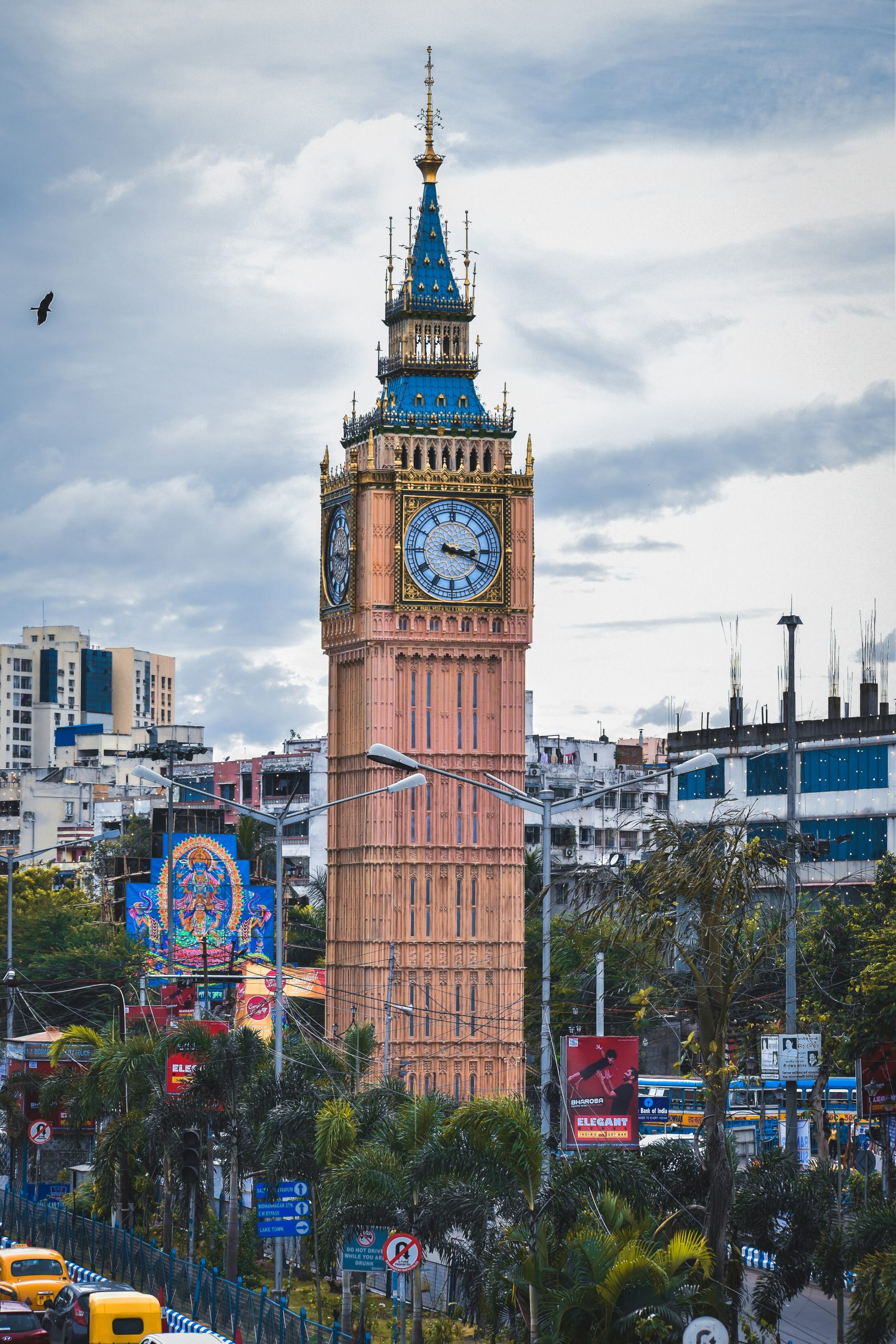
The city is open year-round, with a range of culinary events and cultural festivals held throughout the year. The city attracts foodies from all over the world, whether it’s for the roshogolla or the Kathi rolls. Food enthusiasts should definitely visit the city because of its diversified culinary scene, which offers options for every taste and price.
Experience the Life of Kolkata
One of the largest cities in India is Kolkata, also referred to as the "City of Joy," which is situated on the banks of the Hooghly. The city has a long past and served as India's capital until 1912. Kolkata is a dynamic, multifaceted metropolis with a deep cultural heritage. The city has a lot to offer in terms of attractions, such as tasty food, cultural events, and historical sites. Being one of the few places with surviving examples of British architecture and planning, it offers tourists a window into a bygone age.
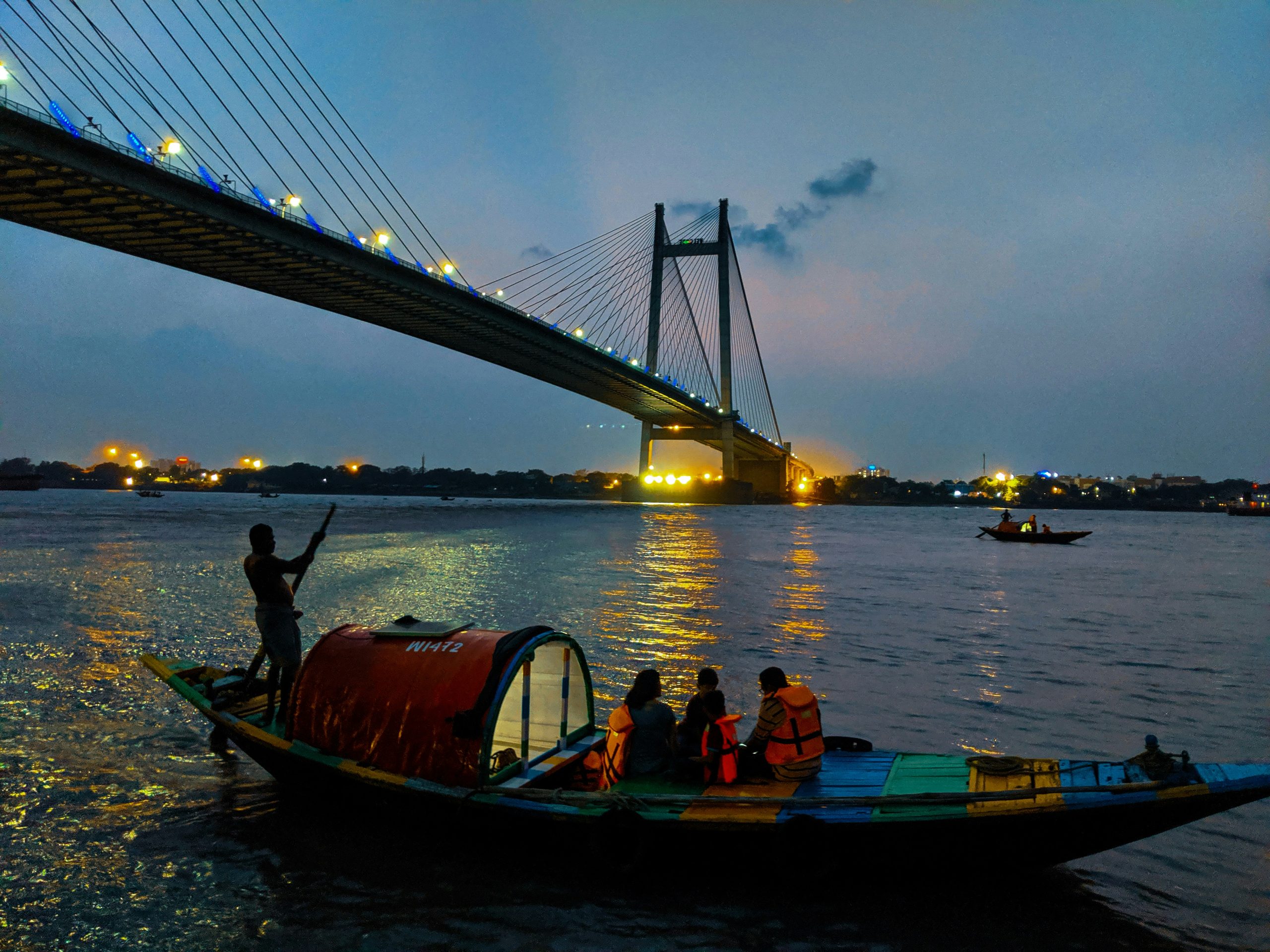
How to Reach Kolkata?
Learn and explore more about Kolkata before you set out on the best journey of your life with us.
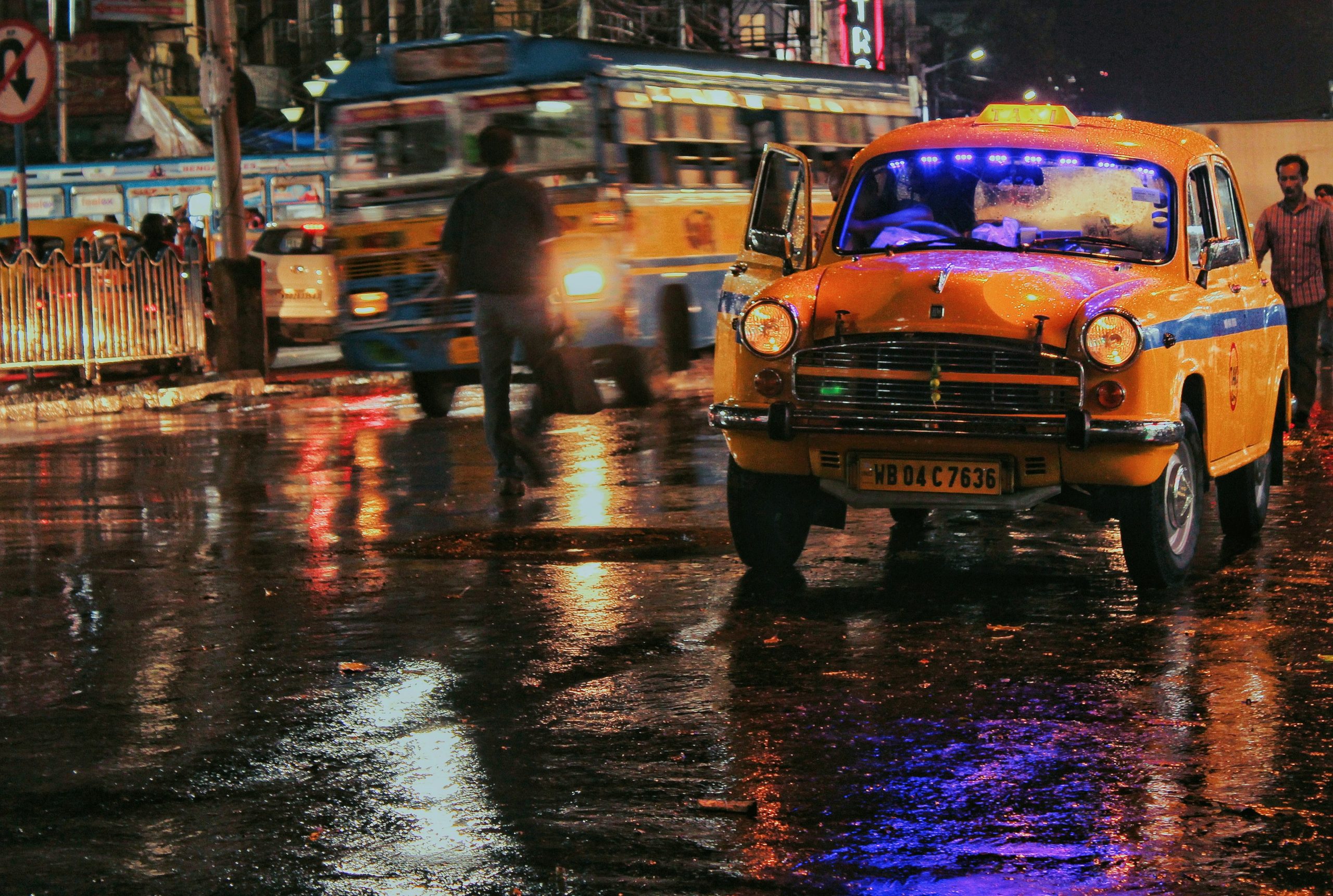
By Train: The three main railheads located in the city are the Howrah, Sealdah, and Kolkata railway terminals. All of the major cities in the nation are well-connected to these train terminals. Both residents and visitors may easily access the many locations within the city thanks to the metro rail service that runs across it.
By Road: Travelers may easily reach this city thanks to the state busses. In addition, there are several private buses that go from various regions of the state to Kolkata.
By Air
The city is connected to all of the main cities in the nation and the world by the Kolkata International Airport, also known as the Netaji Subhas Chandra Bose International Airport, which is situated in Dum Dum.
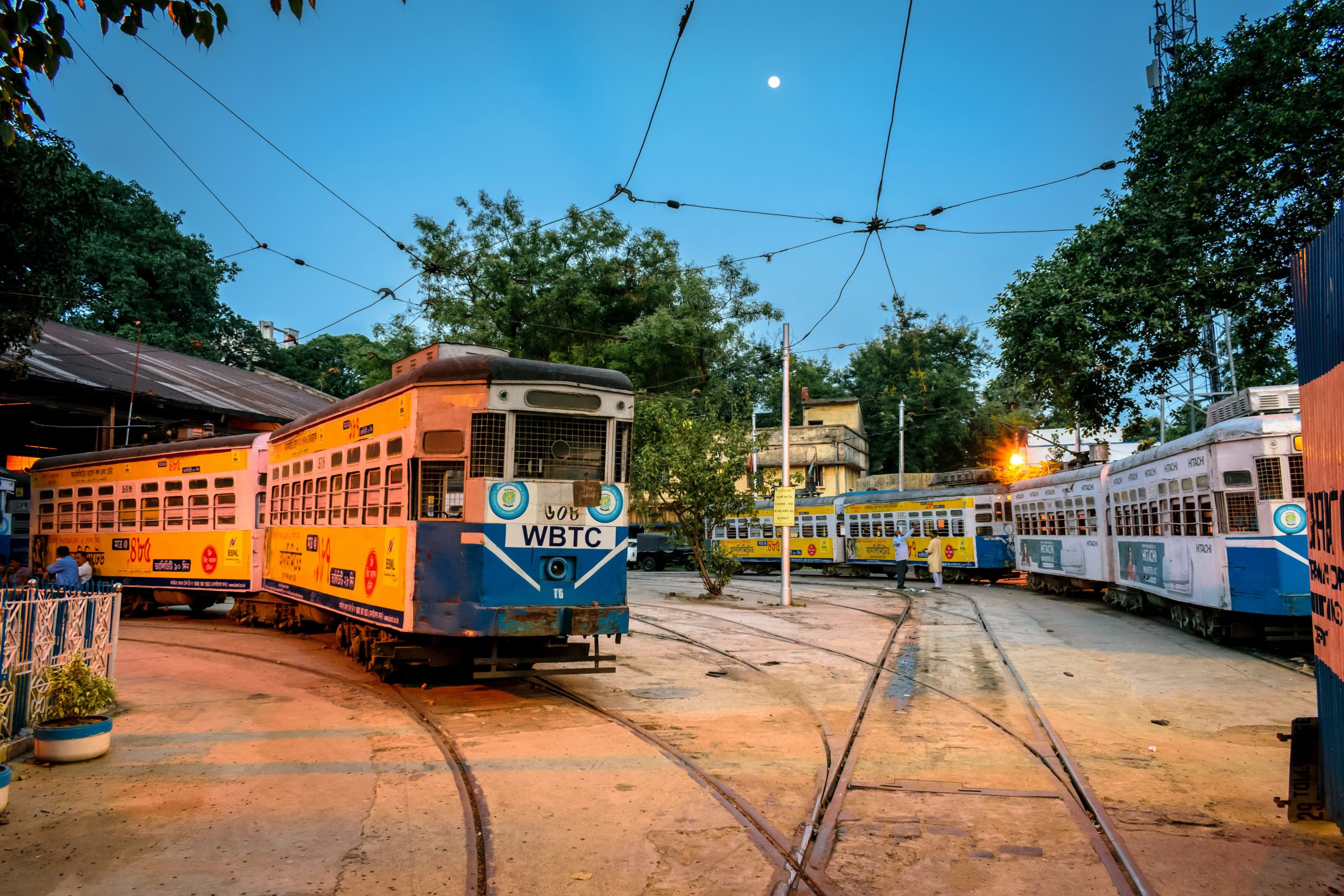
Attraction & Activities of Kolkata
Learn and explore more about Kolkata before you set out on the best journey of your life with us.
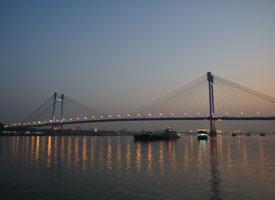
Rabindra Sadan
One of India's oldest cultural centers, Kolkata, emerged 62 years ago in 1961 and went on to become one of the nation's most recognizable performing arts venues. The auditorium was called Rabindra Sadan in honor of Kolkata's very own literary giant and Nobel laureate, Rabindranath Tagore. It is situated on Belvedere Road, next to Nandan Cinema. Pandit Jawahar Lal Nehru, the Indian prime minister at the time, gave the auditorium its official opening. The facility has served as Kolkata Film Festival's focal point and main location. Originally a one-stage auditorium, it has now expanded to become a fully functional cultural complex center including many theaters and stages. People from all over the world flock to Rabindra Sadan to see the vivid traditions and cultural features, as well as the dance, drama, theater, and other art and photography exhibitions that are periodically hosted here.
Vidyasagar Setu
The longest cable-stayed bridge in India, Vidyasagar Setu spans the Hooghly River in West Bengal and is often referred to as the "Second Hooghly Bridge." This 458 m long and 115 m broad structure was first constructed to ease traffic on the Howrah Bridge. Pandit Ishwar Chandra Vidyasagar, a reformer in education and a major figure in the Bengal Renaissance, is honored by the name of this bridge. The Kona Expressway, also known as NH 117, crosses the bridge to link Howrah and Kolkata. Numerous film shoots have used this bridge as a background because of the captivating vista it offers from the Hooghly River.
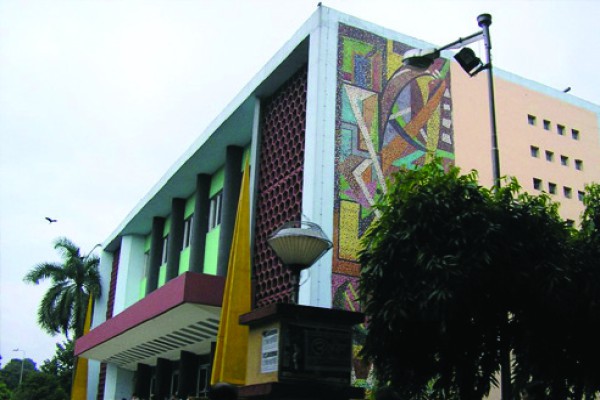
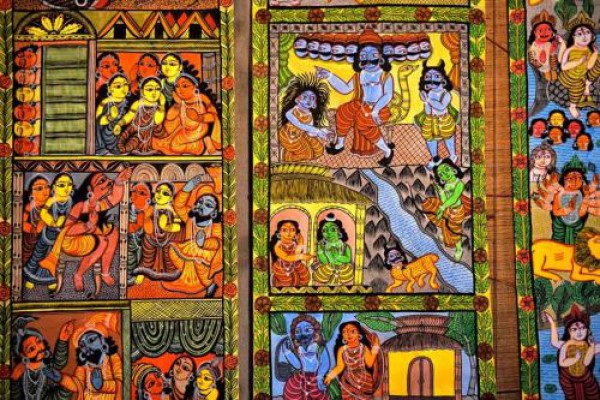
Kabi Gaan
Kabi Gaan, also known as Kabir Lorai, was a famous song in Kolkata during the 1800s. Kabi Gaan is an urban rendition of a rural folk song that has characteristics of a rural folksong. A poetry debate is called Kabi Gaan. The argument is poetic in style and touches on a wide variety of subjects, including urban civilization, which is made up of traders, shopkeepers, and artisans, and mythology.
Bengali Fine Arts
The Indian contemporary art movement was founded in West Bengal. The idea of modern art was first established in India by Rabindranath Tagore, Abarentranath Tagore, Gaganendranath Tagore, and Jamini Roy through their paintings. The next generation of artists was inspired and motivated by their groundbreaking works to reject all preconceptions and pave their own path in the development of this great art.
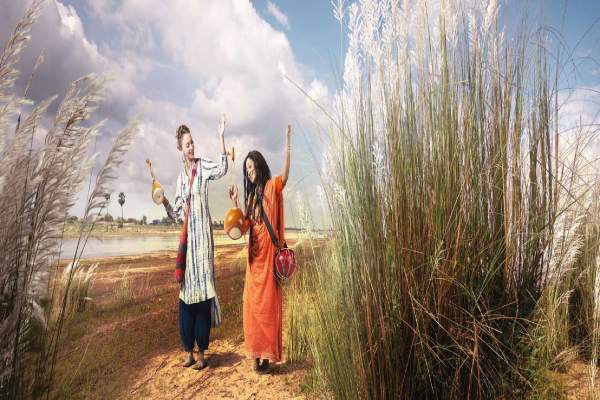
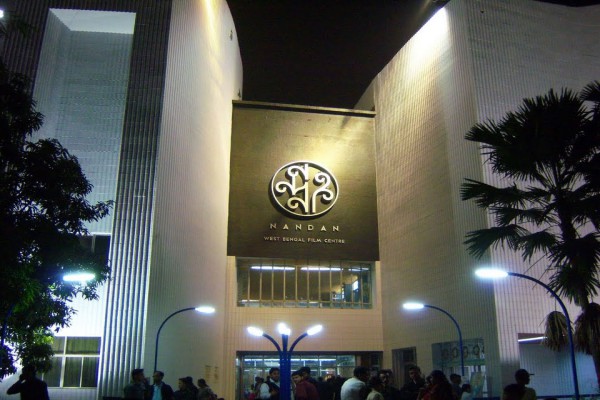
Durga Puja
West Bengal's largest festival, Durga Puja, is observed throughout the whole state. The demon Mahishasura is defeated by the goddess, and it is a celebration of good triumphing over evil. The Durga Puja celebration in Kolkata on December 15, 2020, has been recognized by UNESCO as a "Intangible Cultural Heritage." The 10-day celebration honors Goddess Durga's victory over the demonic Mahishasura as well as the triumph of good over evil. In West Bengal, complex and distinctive pandals are built months in advance of the Durga Puja, and exquisite idols of the Goddess Durga are made. These pandals are renowned for their ornate décor, creative themes, and exquisite lighting setups. The pandals' themes can range greatly, from social and environmental challenges to mythical and religious themes. The creative expression and inventiveness that best represent Bengali culture and heritage are demonstrated by these pandals. The idols are brought out for the parade and submerged in water on the last day of the celebration, which falls after Bijoy Dasami, to represent the Goddess Durga's return to her residence in the Himalayas. For the tourists, the idol immersion festival is a breathtaking spectacle.
Bengali Theater And Cinema
Bengali theater has always been an essential component of Bengali culture. Prominent figures like as Girish Chandra Ghosh, Dwarkanath Tagore, and Jyotirindranath Tagore presented social and historical dramas along with adaptations from classical Indian and English literature. Bengali theater evolved as a means of expressing a wide range of social, political, and modern concerns during the pre-independence era. Many writers influenced and changed modern Bengali theater during the post-independence era. Film directors who were adaptable and well-liked produced some outstanding films that attracted both domestic and foreign viewers and established themselves as benchmarks for global cinema.
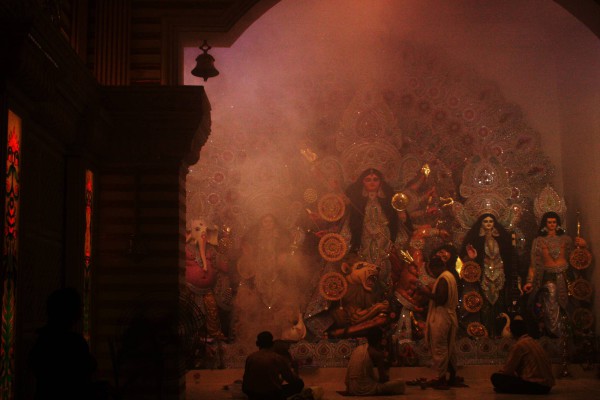
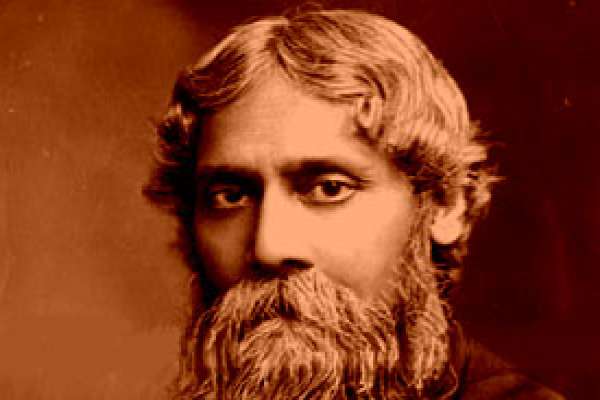
Howrah Bridge
West Bengal's Howrah Bridge is a balanced cantilever bridge that spans the Hooghly River. When it was first put into service in 1943, the bridge—which connected the cities of Howrah and Kolkata—was known as the New Howrah Bridge because it had replaced a pontoon bridge at the same spot. One of the four bridges over the Hooghly River, it is a well-known landmark in Kolkata, West Bengal. It is easily one of the busiest cantilever bridges in the world, carrying over 100,000 automobiles and maybe over 150,000 pedestrians per day. With a single span of 1500 feet, the bridge's overall length is 2150 feet. Consulting engineers M/s. Rendell, Palmer, and Tritton developed the new Howrah Bridge. The bridge required 26,500 tons of steel, including 18,200 tons of high tensile grade, to finish in around 8 years.
Music, Dance And Literature
Bengali culture also includes dances and music in its entirety. Bengalis, or Bengali citizens, have strong ties to the music of Kazi Nazrul Islam, Rabindra Sangeet, and Rabindra Nritya Natya (a collection of Tagore's songs and song-dance sequences), among other works. Songs and folk dances are also well-liked in the city. Bengalis really like reading, and a number of well-known poets and authors have extolled the virtues of Bengali literature. Both contemporary and ancient Bengali literature draw sizable readerships.
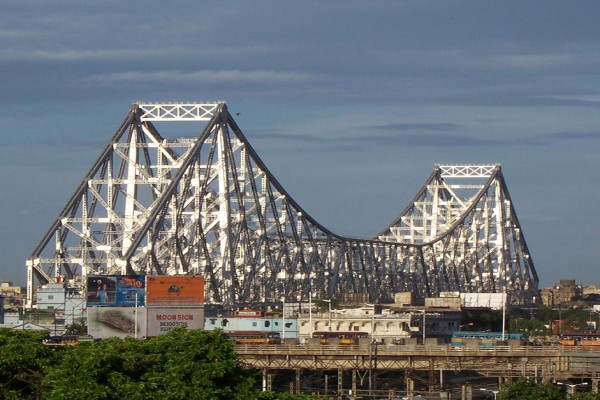
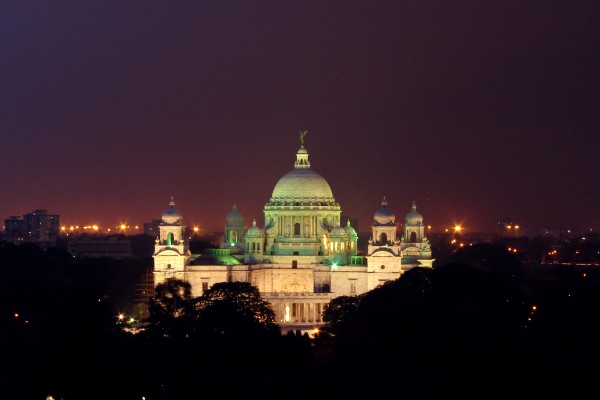
Eco Park
One of the biggest urban parks in India is called Eco Park, and its design aims to encourage ecotourism in the area. The park is 475 acres long, with a lake and acres and acres of verdant vegetation. It is the perfect location for outdoor activities with friends and family and offers activities for all age groups. The park offers a variety of activities, such as e-bikes, rifle shooting, zorbing, tandem cycling, kayaking, and high-speed boats. In addition to the activities, the park features several attractions such as the Japanese Garden, Children's Eco Park, Floating Musical Fountain, Butterfly Garden, Play Area, and Eco Island, as well as replicas of the Seven Wonders. A body of water encircles the park, with an island in the middle. The island is perfect for those looking for a short getaway from daily life and for picnics.
Victoria Memorial Hall
Situated in the city's center, the Victoria Memorial Hall is one of Kolkata's most iconic structures. It demonstrates British planning and architecture and reflects its impact on the city's architectural design. Viceroy Lord Curzon built the Hall, which is devoted to art history, in honor of the late Queen Victoria. The monument is one of India's biggest and oldest museum libraries, and it is made completely of white marble. In addition to having 3,900 paintings and 28,934 artifacts, the hall is encircled by 21 gardens. Through the monument, visitors may learn about the history and legacy of the city. Families may enjoy a variety of activities there, such horse-drawn carriage rides, local street cuisine, and picnics.
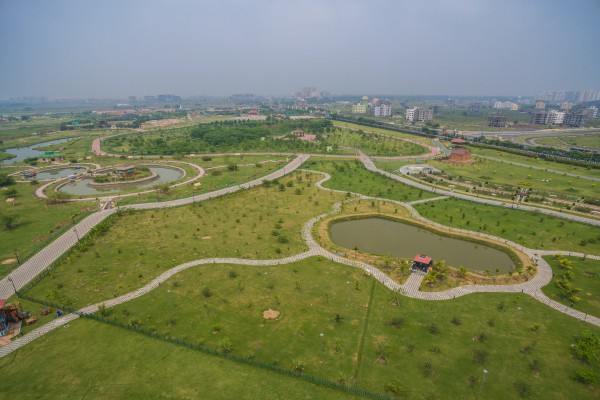
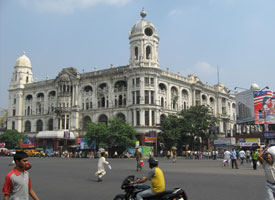
Indian Museum (Jadu Ghar)
The largest museum in India, Indian Museum is the ninth-oldest museum worldwide. It has a broad variety of exhibitions that highlight the rich historical and cultural legacy of the nation. The Egyptian mummy, the Buddhist pagoda, and the Indian Gallery, which features an extensive collection of antiquated objects and sculptures, are a few of the museum's attractions. In addition, the museum offers a natural history department with an assortment of unusual and exotic flora and animals. The Museum also has some of the most rare and distinctive collections of coins and sculptures from India dating back to the second century AD. All things considered, anybody interested in learning more about India's past and present should make time to visit the Indian Museum.
Esplanade
Central Kolkata includes the neighborhood of Esplanade. Since the location is not directly next to a body of water, this is not your typical esplanade. Nonetheless, the Hooghly River, also called the Ganga River (Ganges), runs close by. The northern section of the forest, which eventually gave rise to the Maidan, was known as the Esplanade. It used to extend along the Hooghly River from Dharmatala (now Lenin Sarani) to Chandpal Ghat. It became a popular promenade for 'elegant walking parties' during Warren Hastings' time.
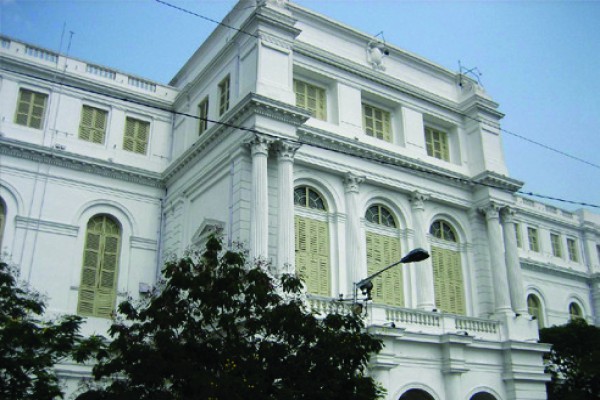
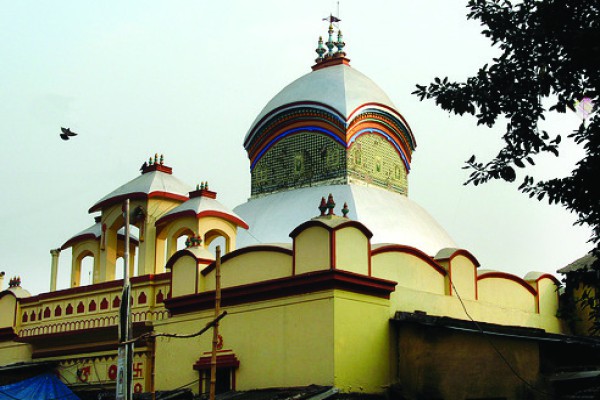
Sovabazar Rajbari
The Shobhabazar Rajbari Kolkata, commonly referred to as the Baag ola Bari (House with the Lions), is one of the emblems that evoke the splendor of Kolkata's aristocratic past. One of Kolkata's oldest still-existing royal houses is this palace. Large-scale Durga Puja celebrations are held at Shobhabazar from October to November, making it an extremely popular destination. Raja Nabakrishna Deb, an aristocrat and fervent supporter of the Brahmo Samaj Movement, constructed the palace in the 17th century. His involvement in the Bengal Renaissance is another notable accomplishment. He started the yearly Durga Puja at Shobhabazar, which is a well-known event that dates back to 1757, the year following the Battle of Plassey. The opulent building still exudes grandeur and is quite striking. Nat Mandap is the name of the open courtyard located in the middle of the structure. This courtyard, which was once used to hold events and festivals, is surrounded by a number of arches and square-base columns.
Kalighat Temple
As one of the 52 Shakti Peethams in India, where the different pieces of Sati's corpse are supposed to have fallen during Shiva's Rudra Tandava, the Kalighat Kali Temple in Kolkata is considered the holiest Shaktipeeth or pith. Raja Basanta Roy, the King of Jessore (Bangladesh) and uncle of Pratapaditya, constructed the first temple. Although the river has moved away from the temple over time, the original temple was constructed on the banks of the Hooghly. Traders used to stop at Kalighat in the past to offer prayers to Goddess Kali. The temple, which is located on the banks of the Adi Ganga, features a large hall known as Nat Mandir in addition to its sanctum sanctorum. There is a Shiva Temple northeast of this sanctuary. Another shrine honoring Radha Krishna exists. The primary draw of this temple is the statue of Goddess Kali, which has a gilded tongue sticking out of it.
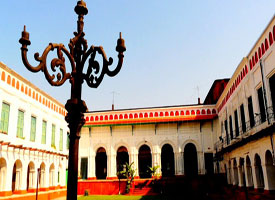
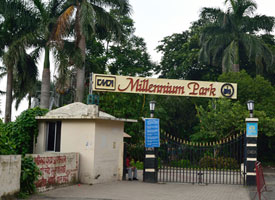
Park Street
One of Kolkata, India's main thoroughfares is Park Street. The previous name of the street comes from Sir Elijah Impey's deer park, which was located there. Impey served as Chief Justice of the Supreme Court in Calcutta from 1773 until 1789. It is situated in Kolkata's center area. Since the British era, Kolkataans have spent their evenings at Park Street. Park Street was the hub of Kolkata's nightlife in the 1970s and 80s, with a large number of clubs and eateries located there. Numerous well-known nightclubs, including Trinca's, Peter Cat, Blue Fox, Mocambo, and Moulin Rouge, have hosted renowned musicians. Prior to it, Kolkata's thriving nightlife was concentrated around the chic Park Street from the 1940s till the late 1960s. Park Street, which has a large number of eateries and bars, is still Kolkata's most popular eating area. "Food Street" and "The Street that Never Sleeps" are two common names for it.
Millennium Park
Millenium Park is a lovely park next to the Hooghly River on Strand Road. The 2.5 kilometer park is located next to the Fairlie Ghat and across from the Railway Club on the eastern side of Hooghly. The park is close to the Calcutta High Court and the General Post Office in Kolkata's BBD Bagh neighbourhood. The park was officially opened on December 26, 1999, and is known as Millenium Park since it was a gift from the Kolkata Metropolitan Development Authority (KMDA/CMDA) to the people of Kolkata on the occasion of the park's millennium. The park is a component of the Riverside Beautification Project's initial phase in Kolkata. A wide range of trees and several lovely lights have been added to enhance the park's beauty. One reason to visit Millenium Park is its view of the Howrah Bridge and the Hooghly shoreline.
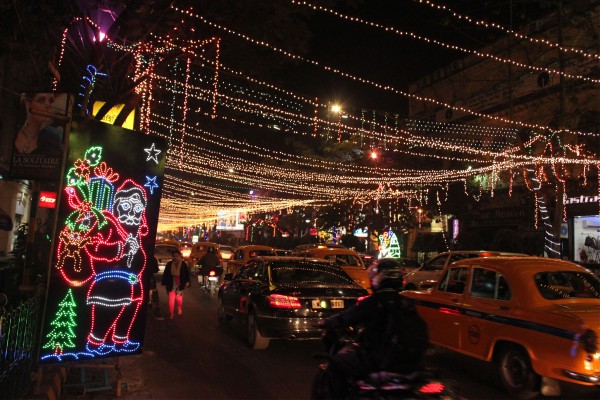
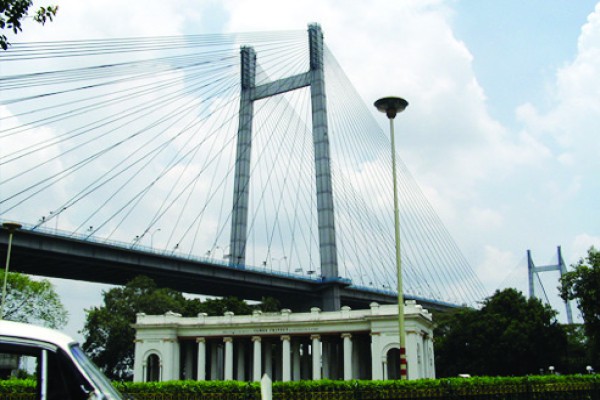
Birla Mandir
Kolkata's Birla Temple features some of the greatest architectural design in the whole city. The Birla Temple, which is situated on Ballygunge Road, Ashutosh Chowdhury Avenue in South Kolkata, is a symbol of the city's cultural heritage. Since its establishment in 1996, the temple has drawn a large number of tourists. Built over 26 years, it was owned by the industrialist Birla family. In 1996, the temple was made publicly accessible. The stunning Birla Temple in Kolkata was constructed in the 20th century using white marble and cream-colored sandstone, a style that is reminiscent of Rajasthani architecture. The Hindu deity Lord Krishna and his spouse Radha are the objects of the temple's dedication. The temple's design is a hybrid of modern and contemporary art, with strong similarities to Bhubhaneshwar's Lingaraj Temple. Shiva, Durga, and Shakti are among the other gods that have places in the temple. Goddesses Durga and Shakti are housed in the temple's left side dome, while Lord Shiva is meditating in the temple's right dome.
Princep Ghat
Princep Ghat is a famous spot in the city for several reasons, chief among them being its historical significance. It was constructed in 1841, at the height of India's British rule. The clever Anglo-Indian scholar and researcher James Princep, after whom this was constructed, is the name of the ghat. W. Fitzgerald constructed a Palladian porch in 1843. The Princep Ghat Jetty was once utilized by British monarchy to board and disembark guests. Princep Ghat is situated by the Ganges River. There are stone stairs at regular intervals along this bank that descend to the river. The gardens, meadows, park benches, and shade-giving trees have transformed the Ghat into a tranquil haven for those who like the outdoors. A leisurely stroll through the gardens and trees beside the riverfront is available to visitors. Visitors can rent small boats for a leisurely river trip from Princep Ghat.
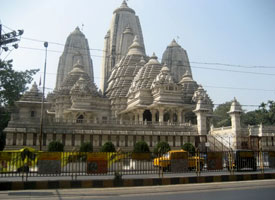
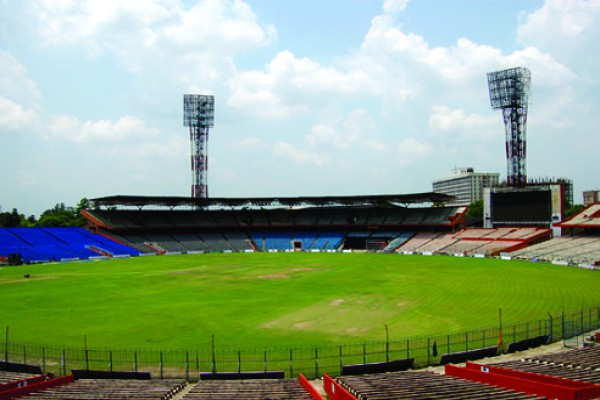
Jorasanko Thakur Bari
The Tagore family's ancestral residence is located in North Kolkata near Jorasanko Thakur Bari. It is home to the Rabindra Bharati University campus and is the birthplace of poet Rabindranath Tagore. Rabindra Bharati University, a hub for Indian Classical Fine Arts and top-notch education, replaced the Jorasanko Thakur Bari. In addition, the building is home to the magnificent Rabindra Bharati Museum, which opened its doors in 1961 and features untold tales from the life of the Tagores. The locals refer to it as "Thakur Bari," and it has continued to be the hub of Bengal's artistic and cultural reformation, including Brahmo Samaj and Bengal Renaissance. Artists and art enthusiasts from all over the world increasingly travel to this location on pilgrimage.
Eden Gardens
In East India, The Eden Gardens is the cricketing paradise. It is the oldest and second-largest cricket venue in India, ranking third globally, having been built in 1864. There is now a 66,000 capacity at the stadium. It is regarded by many as one of the world's most famous cricket stadiums. It's been referred to as "cricket's Coliseum." For most international cricket players, it has practically become a destination of pilgrimage and is known for drawing the most fervent and boisterous crowds.
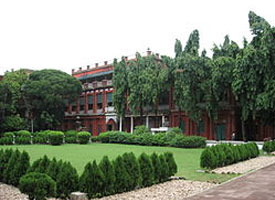

Architecture
Kolkata is the location of several historical structures, heritage sites, temples, mosques, and monasteries that display exquisite architectural creations influenced by various civilizations.
Where to Stay in Kolkata?
Learn and explore more about Kolkata before you set out on the best journey of your life with us.
Plan an Unforgettable Experience in Kolkata Today!
We can help you fit your vacation and experience within your allotted budget.
Book Your Trip Now
- +1-123 456 7890
